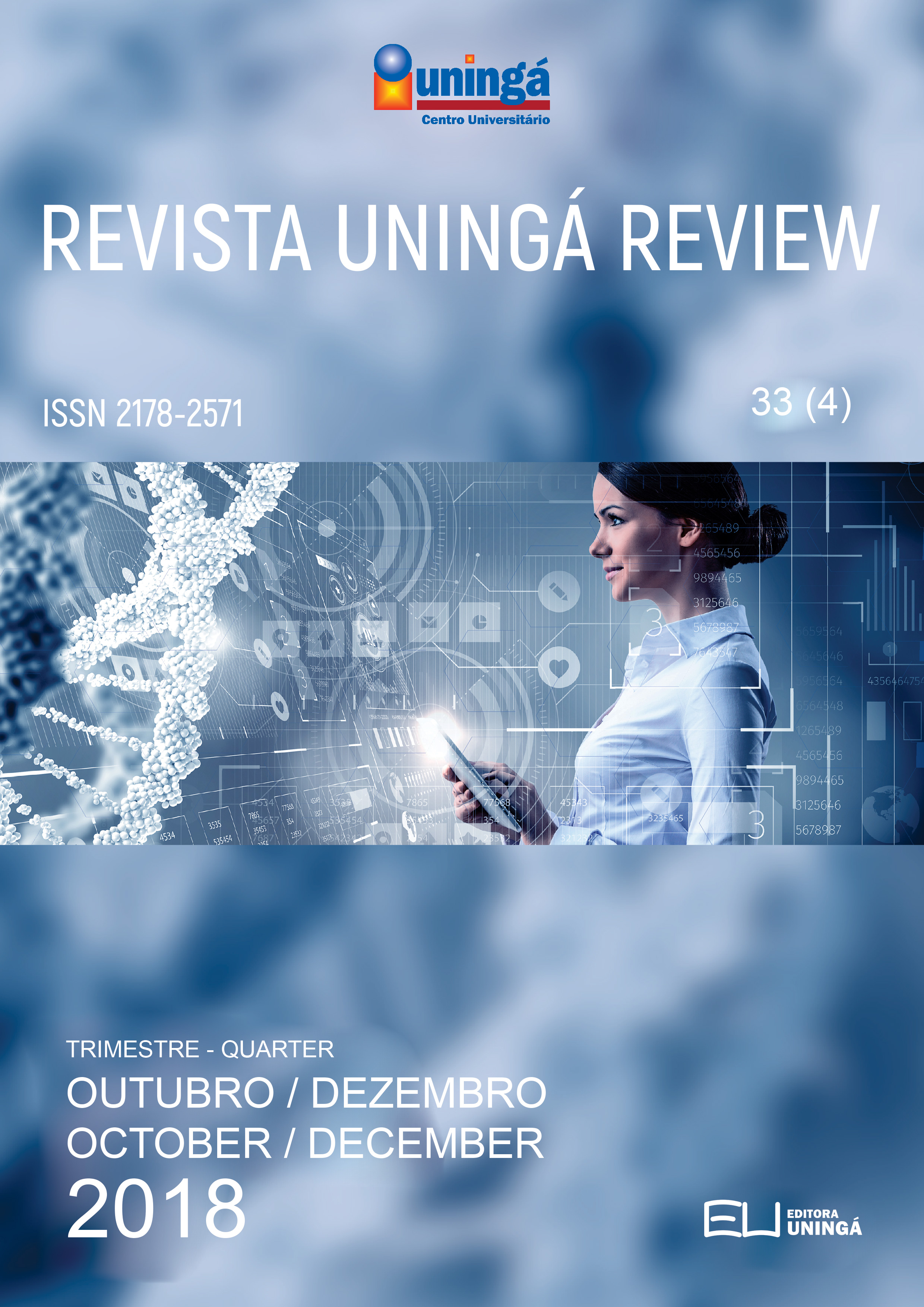INTERVENTRICULAR COMMUNICATION IN DOG: CASE REPORT
Keywords:
Congenital Heart Disease, Diagnosis, Interventricular defectAbstract
Interventricular communication is characterized as a poorly diagnosed congenital heart disease. This study aimed to report the case of a dog diagnosed with ventricular septal defect. A male Yorkshire dog, with 8 months old, was seen at the Veterinary Clinic of UNINGÁ - Ingá University Center, in Maringá-PR. During the anamnesis, its guardian reported that the pet had exercise intolerance and intermittent coughing episodes. On a physical examination, regular cardiac rate auscultation with discrete systolic murmur was observed. Complementary exams were requested, such as: hematological and biochemical evaluation, ventral-dorsal and laterolateral chest X-ray, as well as echocardiography. After the examination results, the pet was diagnosed with interventricular communication, which consists of a congenital cardiomyopathy, characterized by the existence of a hole between the left and right ventricles. The therapeutic protocol was instituted in an attempt to control clinical manifestations, aiming at greater efficiency in cardiac output and arrhythmia control. The drugs prescribed as supportive treatment for the patient were furosemide (3.0 mg / kg) SID for 7 days, used to control mild dyspnea and preload reduction, enalapril maleate (1.0 mg / kg) BID for 30 days and paste with coenzyme Q10 60mg SID for 20 days. After 25 days, pimobendan (0.3 mg / kg) BID was prescribed for 30 days. The pet returned for follow-up five months after the diagnosis of heart disease presenting asymptomatic, showing the regression of clinical signs.
Downloads
Downloads
Published
How to Cite
Issue
Section
License
I declare/we declare that the text submitted here is original, of my own authorship and does not infringe any type of third party rights. The content is my/our sole responsibility. Possible research involving animals and/or human beings is in accordance with Resolution 196/96 of the National Health Council and its complements. I declare that I am/we are in possession of the written consent of patients and that the research and its procedures were timely and adequately approved by the Ethics Committee of the institution of origin. We further declare that all institutional affiliations and all sources of financial support for the work are duly informed. I certify that there is no commercial or associative interest that represents a conflict of interest related to the submitted work. If there is commercial interest, in addition to the technical and academic ones, in the publication of the article, the information will be reported during the text.







































